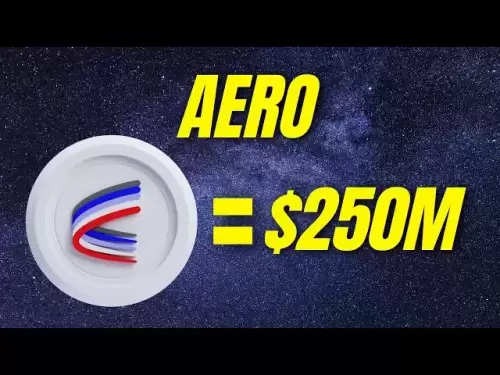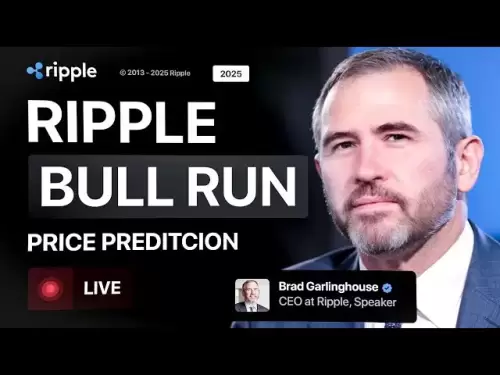-
 Bitcoin
Bitcoin $115,838.9935
4.06% -
 Ethereum
Ethereum $2,962.3060
6.90% -
 Tether USDt
Tether USDt $0.9999
-0.05% -
 XRP
XRP $2.5366
5.01% -
 BNB
BNB $686.0768
2.37% -
 Solana
Solana $163.9329
4.06% -
 USDC
USDC $0.9999
-0.02% -
 Dogecoin
Dogecoin $0.1924
5.65% -
 TRON
TRON $0.2929
1.03% -
 Cardano
Cardano $0.6744
8.30% -
 Hyperliquid
Hyperliquid $43.6306
6.90% -
 Sui
Sui $3.4647
12.59% -
 Bitcoin Cash
Bitcoin Cash $519.0816
1.17% -
 Chainlink
Chainlink $15.2152
6.57% -
 Stellar
Stellar $0.3034
5.48% -
 Avalanche
Avalanche $20.5939
5.48% -
 UNUS SED LEO
UNUS SED LEO $9.0437
0.50% -
 Hedera
Hedera $0.1878
9.62% -
 Shiba Inu
Shiba Inu $0.0...01321
6.26% -
 Toncoin
Toncoin $2.9364
3.03% -
 Litecoin
Litecoin $94.5494
4.04% -
 Polkadot
Polkadot $3.8539
5.80% -
 Monero
Monero $327.4607
0.26% -
 Dai
Dai $0.9997
-0.04% -
 Uniswap
Uniswap $8.5043
0.84% -
 Ethena USDe
Ethena USDe $1.0007
-0.05% -
 Bitget Token
Bitget Token $4.5445
3.39% -
 Pepe
Pepe $0.0...01226
9.12% -
 Aave
Aave $310.6483
2.50% -
 Pi
Pi $0.5024
6.43%
What is the difference between a hard fork and a soft fork?
Hard forks create new, incompatible blockchains resulting in separate cryptocurrencies, while soft forks are backward-compatible upgrades requiring less consensus. Bitcoin Cash exemplifies a hard fork, while SegWit showcases a soft fork.
Mar 05, 2025 at 02:42 am
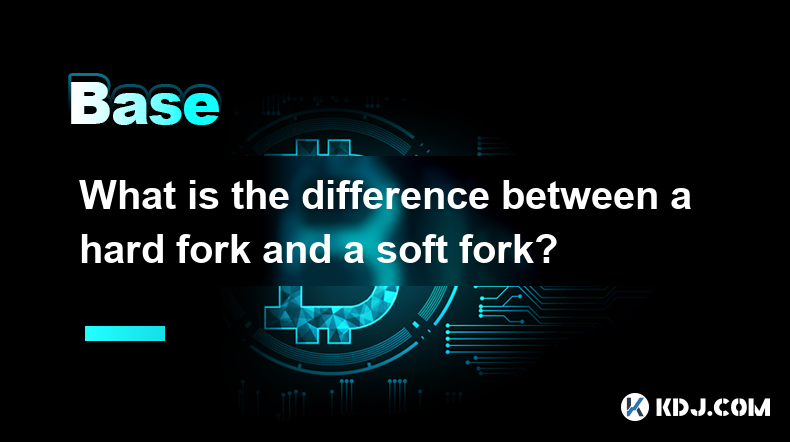
Key Points:
- Hard Forks: Create a completely new blockchain, incompatible with the original. This results in two separate cryptocurrencies. Requires a majority of miners/validators to agree.
- Soft Forks: Introduce changes compatible with the previous version. Nodes running the old software can still process transactions from the new software. Requires less consensus than a hard fork.
- Purpose: Both are used to upgrade or improve a blockchain, but differ significantly in their implementation and impact.
- Consequences: Hard forks lead to new cryptocurrencies, while soft forks are generally smoother upgrades.
- Examples: Bitcoin Cash (hard fork of Bitcoin), SegWit (soft fork of Bitcoin).
What is the difference between a hard fork and a soft fork? This seemingly simple question hides a significant depth within the intricacies of blockchain technology. Understanding the distinction is crucial for anyone involved in the cryptocurrency ecosystem, as these upgrades can drastically alter the landscape. The core difference lies in their compatibility and the level of consensus required for implementation.
A hard fork is a permanent, irreversible change to the blockchain's protocol. It creates a completely new blockchain that is incompatible with the previous one. Think of it as a branching path; the original blockchain continues, and a new one emerges, running in parallel. This often leads to the creation of a new cryptocurrency, as the forked chain possesses its own unique token. For a hard fork to be successful, a significant majority of miners or validators must agree to the changes and switch to the new blockchain. Failure to reach this consensus results in a failed fork, with the original blockchain remaining unchanged.
In contrast, a soft fork introduces changes that are backward compatible. This means that nodes running the old software can still process transactions created by the new software. Imagine it as a gradual upgrade; the new software can understand the old transactions, but the old software cannot understand the new ones. This requires less consensus than a hard fork, as nodes running older software will continue to function within the network. Soft forks are generally less disruptive and easier to implement than hard forks.
The purpose of both hard and soft forks is fundamentally the same: to upgrade or improve a blockchain network. However, they achieve this through different mechanisms and with varying degrees of complexity and impact. Hard forks are often employed for more substantial changes, such as increasing block size, altering consensus mechanisms, or introducing new features that are incompatible with the existing system. This incompatibility necessitates a complete split.
Soft forks, on the other hand, are generally used for less drastic improvements, such as bug fixes, minor protocol adjustments, or implementing security enhancements. Their backward compatibility ensures a smoother transition and minimizes disruption to the network. The choice between a hard fork and a soft fork depends on the nature and scope of the intended changes. Major architectural overhauls necessitate a hard fork, while incremental upgrades are often best achieved through a soft fork.
The consequences of a hard fork can be significant. It creates a new cryptocurrency, leading to potential market volatility and impacting the value of both the original and the new cryptocurrency. The community also often splits, with some users preferring the original blockchain and others migrating to the new one. Soft forks, in contrast, generally have less dramatic consequences. While they might introduce new features or improve efficiency, they don't usually lead to the creation of a new cryptocurrency or cause significant network disruptions.
Let’s consider some prominent examples. Bitcoin Cash is a well-known example of a hard fork from the Bitcoin blockchain. It was created in response to disagreements over scaling solutions. SegWit, on the other hand, is a prominent example of a soft fork implemented on the Bitcoin network. It aimed to improve transaction scalability and efficiency without causing a chain split. These examples illustrate the stark differences in the outcomes and processes associated with each type of fork.
Frequently Asked Questions:
Q: Can a hard fork be reversed?
A: No, a hard fork is irreversible. Once the new blockchain is established, it continues independently of the original.
Q: What are the risks associated with hard forks?
A: Risks include network instability, security vulnerabilities in the new blockchain, and potential market manipulation surrounding the new cryptocurrency.
Q: Why would a cryptocurrency choose a soft fork over a hard fork?
A: A soft fork is generally preferred for less disruptive upgrades, as it ensures continued compatibility and requires less consensus among network participants.
Q: Is it possible to have a hard fork without creating a new cryptocurrency?
A: While less common, it is theoretically possible if the changes implemented are adopted universally and the original cryptocurrency's functionality remains largely unchanged. However, this is a rare occurrence.
Q: How does a soft fork affect the existing cryptocurrency's value?
A: A successful soft fork generally has a positive impact on the value of the cryptocurrency by improving its functionality and efficiency. However, the effect can be minimal, depending on the nature and impact of the upgrade.
Q: What is the role of miners/validators in hard and soft forks?
A: Miners/validators play a crucial role in determining the success of both types of forks. Their support is essential for the implementation of changes, especially in hard forks where a significant majority is needed for the fork to be successful. In a soft fork, they simply need to upgrade their software to process the new transactions.
Q: Can a soft fork later become a hard fork?
A: Yes, if the changes introduced through a soft fork prove insufficient or incompatible with future developments, a hard fork might become necessary to address these issues.
Disclaimer:info@kdj.com
The information provided is not trading advice. kdj.com does not assume any responsibility for any investments made based on the information provided in this article. Cryptocurrencies are highly volatile and it is highly recommended that you invest with caution after thorough research!
If you believe that the content used on this website infringes your copyright, please contact us immediately (info@kdj.com) and we will delete it promptly.
- Cathie Wood, Robotics, and Stock Bets: Navigating the AI-Driven Future
- 2025-07-11 12:30:12
- Granny's Garden: Vegetables, School Fees, and the Heart of Education
- 2025-07-11 12:30:12
- Ethena's USDe: Revenue Rockets, Regulatory Hurdles, and Market Dynamics
- 2025-07-11 10:50:12
- Bitcoin's Wild Ride: Supply Tightening Meets Volatility
- 2025-07-11 11:10:12
- Meme Coin Mania: A Crypto Paradigm Surge?
- 2025-07-11 11:10:12
- Walmart, Pudgy Penguins, and Altcoin Surge: What's the Hype?
- 2025-07-11 10:30:12
Related knowledge
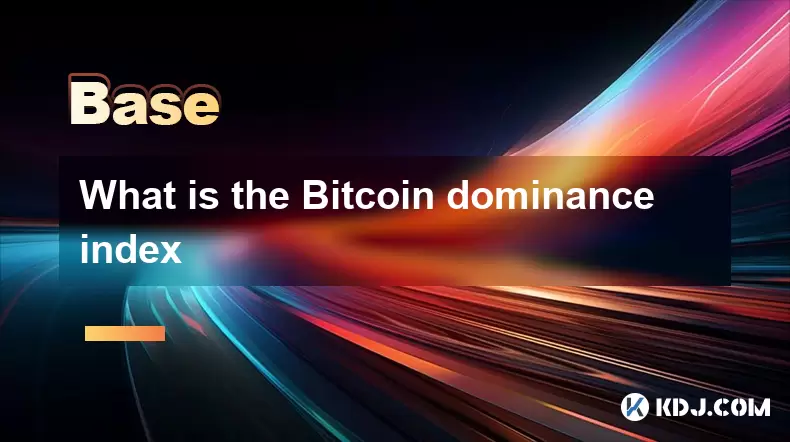
What is the Bitcoin dominance index
Jul 11,2025 at 04:29am
What is the Bitcoin Dominance Index?The Bitcoin Dominance Index is a metric used to gauge Bitcoin's market capitalization relative to the total market...
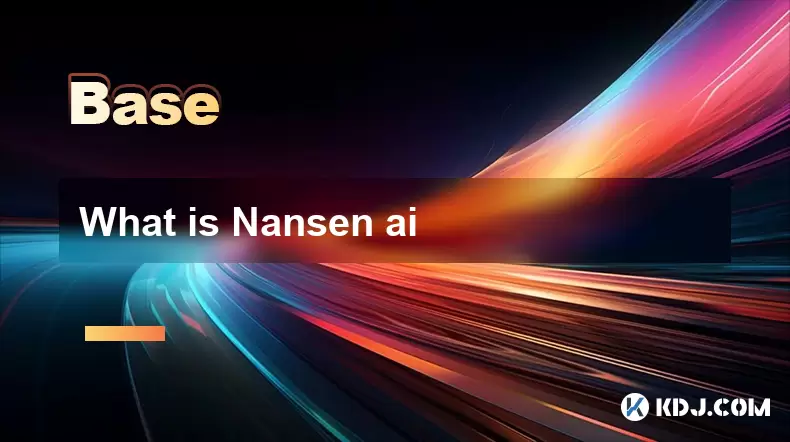
What is Nansen ai
Jul 11,2025 at 03:42am
What is Nansen AI?Nansen AI refers to the integration of artificial intelligence technologies into the Nansen platform, which is primarily known for i...
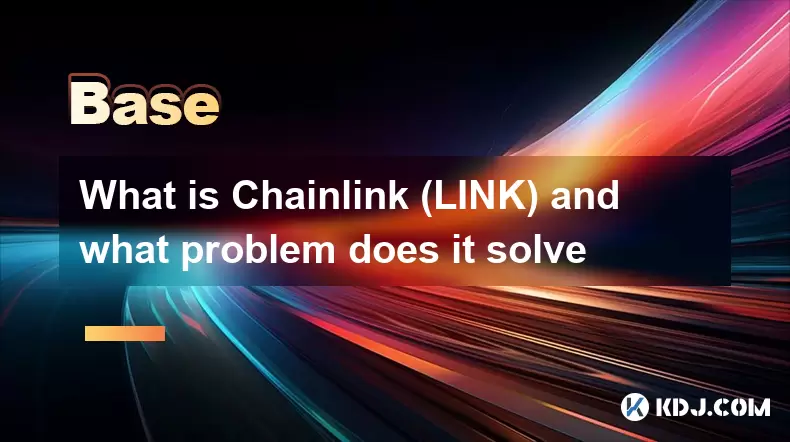
What is Chainlink (LINK) and what problem does it solve
Jul 11,2025 at 12:21pm
What is Chainlink (LINK)?Chainlink is a decentralized oracle network designed to connect smart contracts with real-world data and external systems. Sm...
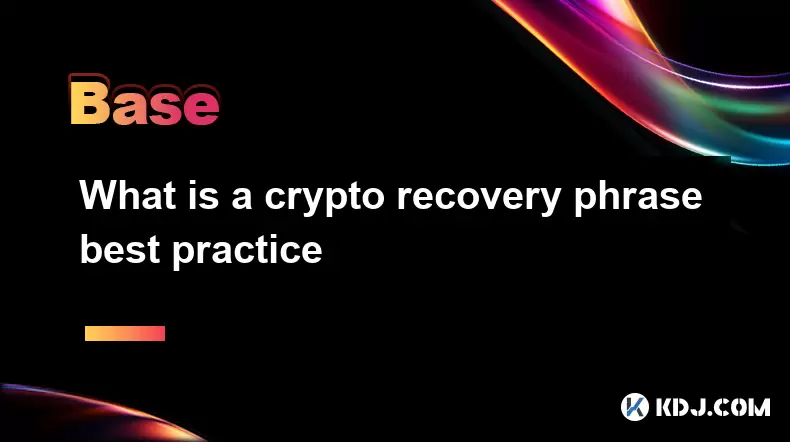
What is a crypto recovery phrase best practice
Jul 11,2025 at 05:56am
Understanding the Role of a Crypto Recovery PhraseA crypto recovery phrase, also known as a seed phrase or mnemonic phrase, is a sequence of words gen...
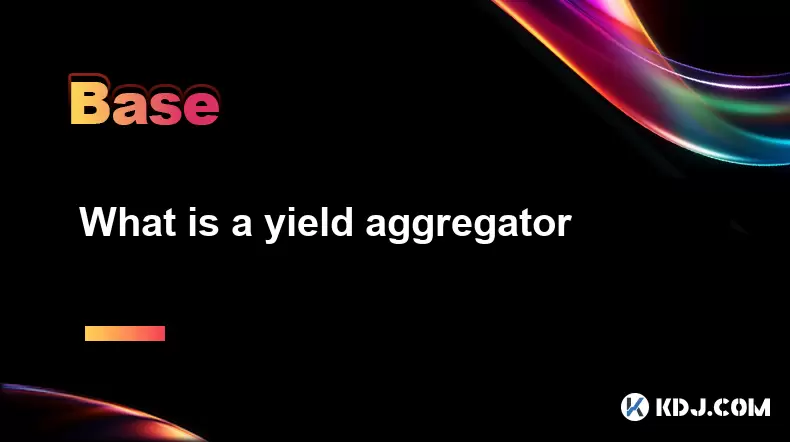
What is a yield aggregator
Jul 11,2025 at 10:42am
Understanding the Concept of a Yield AggregatorA yield aggregator is a decentralized finance (DeFi) platform that automates the process of optimizing ...
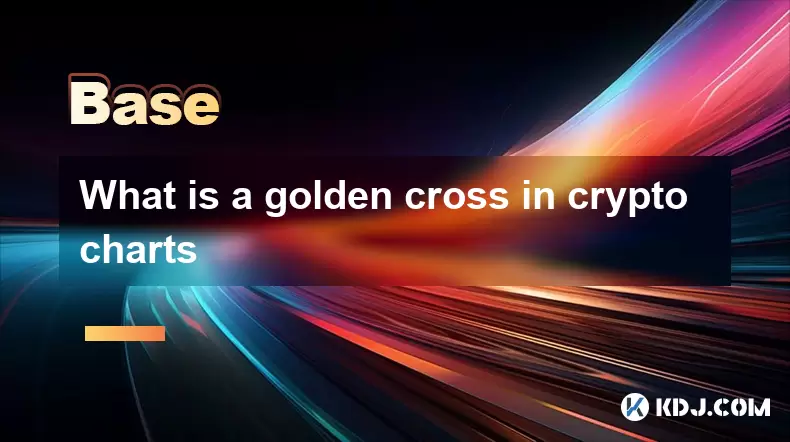
What is a golden cross in crypto charts
Jul 11,2025 at 05:43am
Understanding the Golden Cross in Cryptocurrency ChartsA golden cross is a technical analysis pattern that occurs when a short-term moving average cro...

What is the Bitcoin dominance index
Jul 11,2025 at 04:29am
What is the Bitcoin Dominance Index?The Bitcoin Dominance Index is a metric used to gauge Bitcoin's market capitalization relative to the total market...

What is Nansen ai
Jul 11,2025 at 03:42am
What is Nansen AI?Nansen AI refers to the integration of artificial intelligence technologies into the Nansen platform, which is primarily known for i...

What is Chainlink (LINK) and what problem does it solve
Jul 11,2025 at 12:21pm
What is Chainlink (LINK)?Chainlink is a decentralized oracle network designed to connect smart contracts with real-world data and external systems. Sm...

What is a crypto recovery phrase best practice
Jul 11,2025 at 05:56am
Understanding the Role of a Crypto Recovery PhraseA crypto recovery phrase, also known as a seed phrase or mnemonic phrase, is a sequence of words gen...

What is a yield aggregator
Jul 11,2025 at 10:42am
Understanding the Concept of a Yield AggregatorA yield aggregator is a decentralized finance (DeFi) platform that automates the process of optimizing ...

What is a golden cross in crypto charts
Jul 11,2025 at 05:43am
Understanding the Golden Cross in Cryptocurrency ChartsA golden cross is a technical analysis pattern that occurs when a short-term moving average cro...
See all articles























